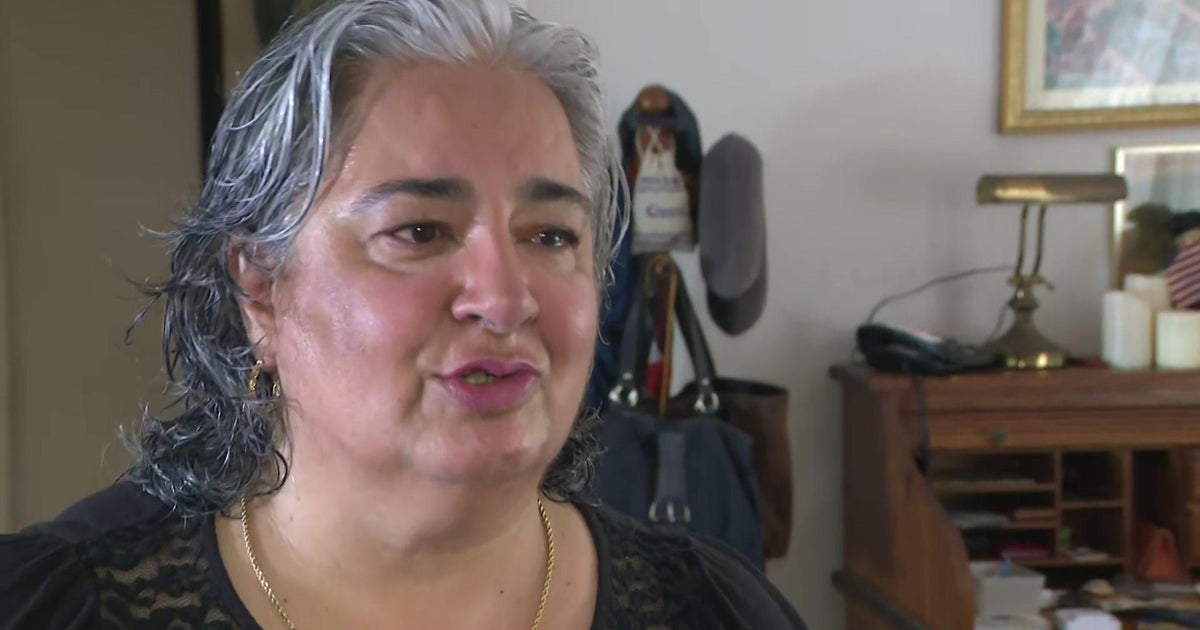Talking Baby: Flat Spots On Your Baby's Head
MIAMI (CBSMiami) - As if parents don't have enough to worry about, more and more babies are developing flat spots on the backs of their head.
To correct the problem, parents are paying big bucks for special helmets to re-shape the child's head.
CBS4's Rhiannon Ally spoke with the mother of a special boy who wore those helmets 23 hours a day for 7 months.
Blake Seits is just like any other 16-month old. His mother, Melissa Seits, said Blake is "a character from the beginning. He is spunky, he is full of personality and life."
His smile lights up her heart, but it was the back of his head that caught her eye when he was just 4-months old.
"So he was very flat from the side, then he was very wide up here as compared to the rest of his head," said Seits.
Check Out Rhiannon Ally's report on Blake and Melissa Seits
Blake's pediatrician, Dr. Susan Leitner of Pediatrics Associates, said she's seen more cases like this in recent years. A big reason is because parents are instructed to lay their children on their backs to prevent Sudden Infant Death Syndrome.
"We know the incidents of SIDS decrease by 30% when babies were only sleeping on their backs, so that was a great thing. But, as a side effect, because the pressure of the baby's head is always on that area, now we see flat heads," said Dr. Leitner.
Dr. Leitner referred Melissa and Blake to specialists at Cranial Technologies who did 3-D imaging of his skull and recommended Blake wear a special helmet to re-shape his head.
"We did seek a second opinion and we saw a plastic surgeon at Miami Children's who basically agreed with the opinion, and said listen your best bet is going to be, the helmet," said Seits.
The helmet protects the soft skull and keeps it from flattening. But, as cute as Blake looked in his helmet, it's something most parents would like to avoid.
Dr. Leitner said if you catch it early enough, simply repositioning the baby and making sure baby spends more time on his tummy should do the trick.
Blake's flat spot was too advanced to bypass the helmet. In fact, he needed two different helmets and wore them 23 hours a day for 7 months.
"The big question is how much it would have improved without the helmet? But the risk is finding out what that window is and missing that window of opportunity. But he really did look much better after the helmet. He looks great now," said Dr. Leitner.
Since Blake no longer needs to wear the helmet, he chooses to play with it instead. A big relief to his mother, Melissa.
"I think we've got a nice result. No one is perfect. I think it looks pretty good," said Seits.
Dr. Leitner said there are typically no long term effects to these flat spots, unless they are really severe. The helmets range in price. Seits paid $3000 for each of Blake's. Many insurance companies do not cover the cost, because it is usually considered a cosmetic fix.



